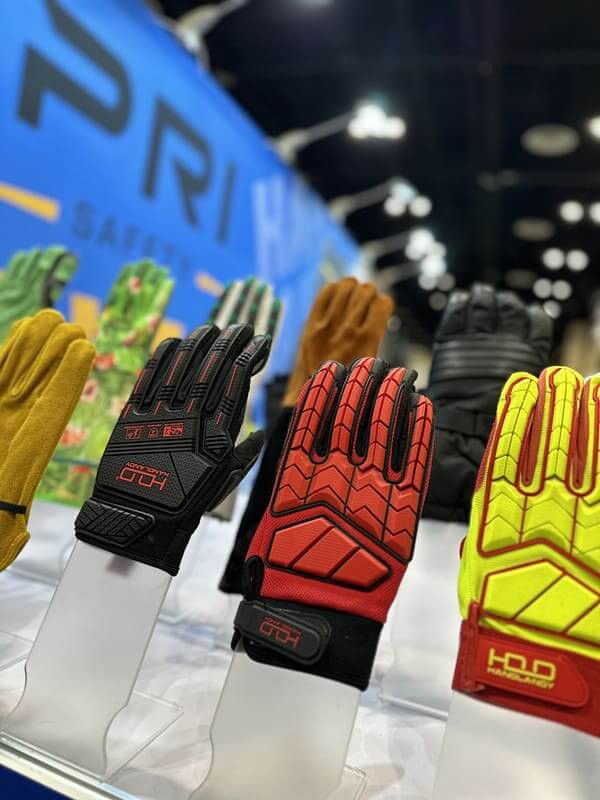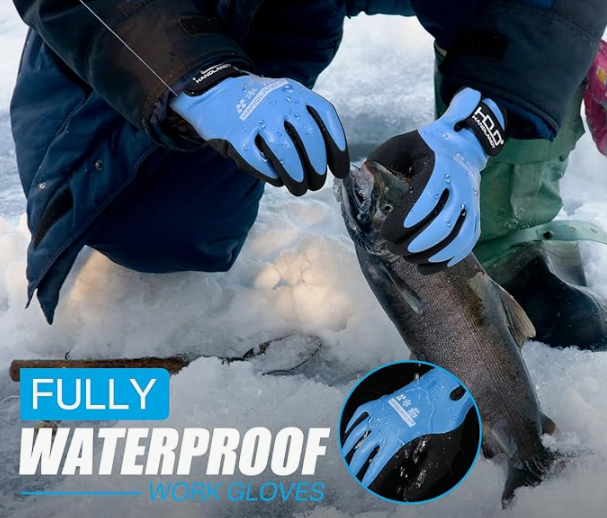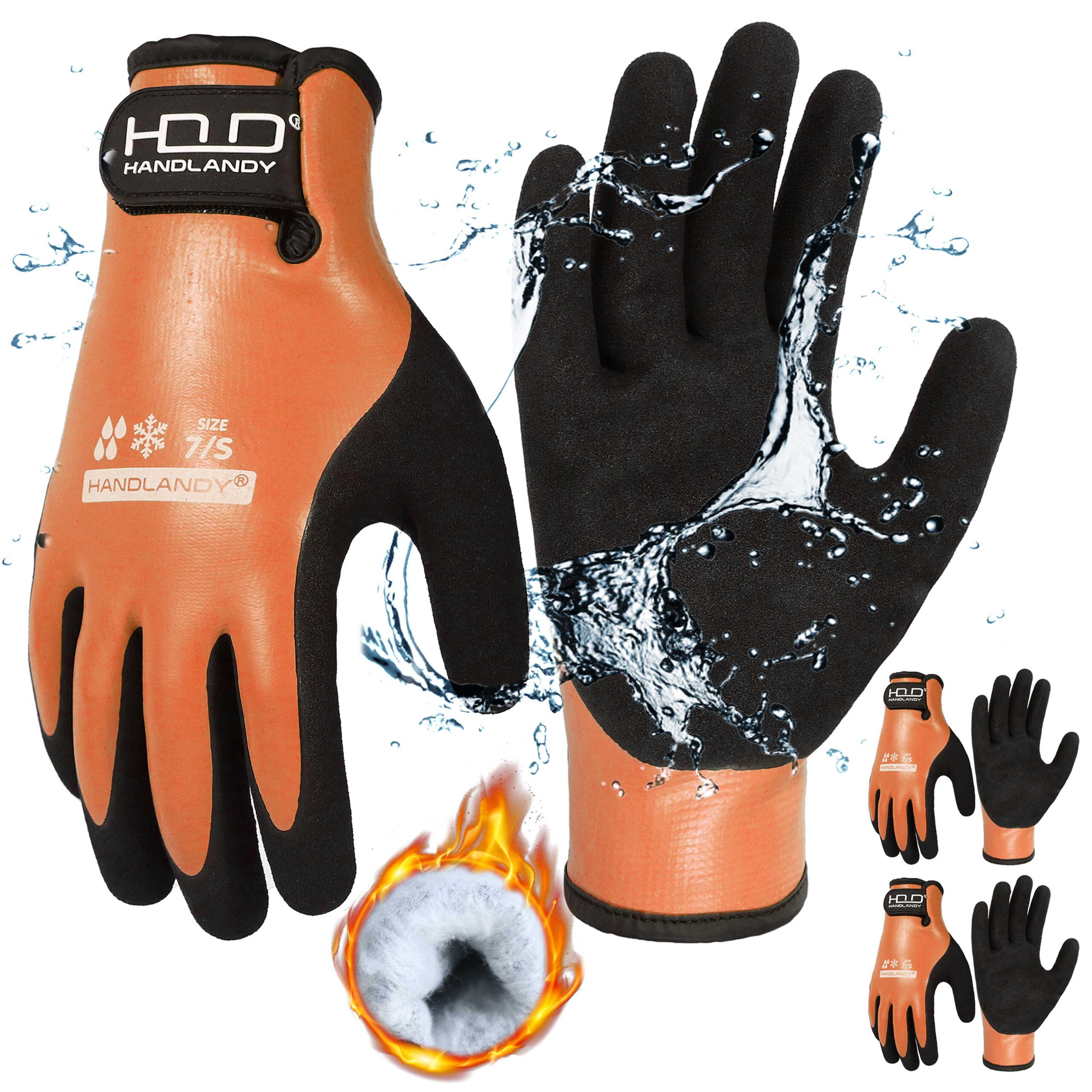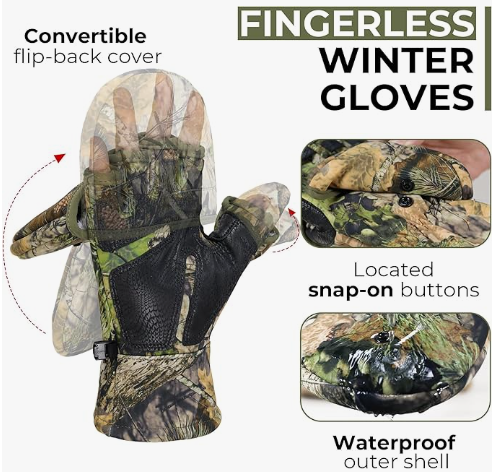To comply with U.S. import regulations for PPE, ensure your products meet FDA and CBP requirements, are properly classified, and have the necessary certifications and documentation. Following these steps minimizes delays, fines, or product seizures.
1. Understand U.S. Regulatory Requirements
FDA Regulations
The FDA oversees medical-grade PPE like masks, gloves, and gowns. Compliance includes:
- Ensuring the product meets FDA standards for safety and performance.
- Submitting premarket notifications, if applicable.
- Proper labeling that clearly states the intended use, manufacturer, and other safety details.
Customs and Border Protection (CBP)
CBP requires accurate documentation and payment of duties for PPE imports. Mislabeling or missing documents can result in delayed shipments.
2. Classify Your PPE Correctly
- Medical-Grade PPE: Subject to stricter FDA oversight, used in healthcare settings.
- Industrial PPE: Falls under OSHA standards for workplace safety.
Correct classification is critical as it determines the applicable regulations and duties.
3. Ensure Product Compliance
Testing and Certification
- N95 masks and respirators must be certified by NIOSH.
- Gloves and other PPE should meet relevant safety standards, such as ASTM or ANSI ratings.
Proper Labeling
Accurate and compliant labels should include:
- Manufacturer details.
- Intended use.
- Instructions for safe usage.
4. Prepare Necessary Documentation
Smooth importation depends on submitting complete and accurate documentation:
- Entry Documents: Include invoices, packing lists, and bills of lading.
- FDA Entry Requirements: Provide product codes, intended use, and certifications.
| Required Documentation | Purpose |
|---|---|
| Invoices | Detail product type and value |
| Packing List | Verify product quantities |
| Certifications | Confirm compliance with standards |
5. Manage Tariffs and Duties
Understanding Tariffs
Certain PPE items imported from countries like China may face higher tariffs. For example, gloves currently have tariffs set to increase from 7.5% to 25%.
Duty Rates
Know the duty rates for your product category to calculate the total cost of importation accurately.
6. Stay Updated on Regulatory Changes
Import regulations can change due to public health needs or trade policies. Keep an eye on updates from:
- FDA: New requirements for medical-grade PPE.
- CBP: Changes in documentation or tariffs.
Conclusion
Complying with U.S. import regulations for PPE involves understanding FDA and CBP requirements, ensuring proper classification and certification, and preparing accurate documentation. Staying informed about tariffs and regulatory updates ensures smooth imports and avoids unnecessary costs or delays. By following these steps, you can bring compliant and high-quality PPE to the U.S. market effectively.








